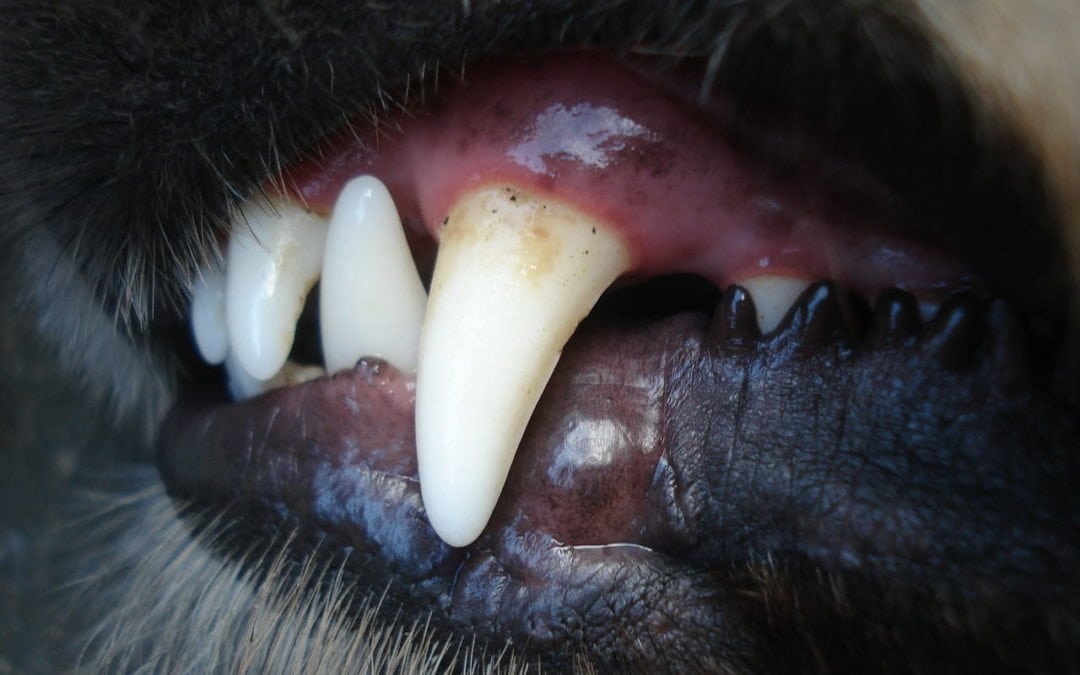May 15 – 21, 2016 is National Dog Bite Prevention Week. There are 70 million dogs in the world and every single one of them can and WILL bite if forced to do so. The breed of the dog does NOT matter. Even a 3 1/2 pound teacup poodle can become a land shark if put in a situation where it feels it is in danger. Fight (bite) or flight is ingrained in most animals as a way to survive and even the sweetest of dogs, if cornered, will bite if they feel threatened. Prevention is the key to avoiding being bitten, and I’m here to give you some tips on how to do just that. My goal for sharing this information is in hopes for those that read this to pass it along and share with others so more people have the knowledge to prevent dog bites. I especially hope this information is seen by parents and that they are able to use this knowledge to teach their kids safety around animals.
Learning the body language of dogs is a very important factor to prevent being bitten. Knowing the difference between a relaxed dog and a dog showing signs of aggression induced by fear, will help you decide if and how to approach. ASPCA had a webinar with slides, that you can watch that goes into great detail of easily recognizable signs of fear and aggression. Knowing the signs also helps determine the stress level. Turid Rugaas, a nationally well known dog trainer, created a chart to illustrate the levels of stress shown in a dog.

Studying a dog’s body language is a quick and effective way to determine on how to proceed with a dog.

Turid Rugaas describes here the signs of a dog’s stress level and how it progresses into a dangerous situation.
Now, it goes without saying, one of the best ways to prevent being bitten is to stay away from dogs you don’t know. But if you’re like most of the people I know, we prefer dogs over humans and staying away is impossible. So, if you must say hello to the dog, first ask the owner if you can approach it. If an owner isn’t present, I again suggest staying away from it but if you must, I have some tips to help make the interaction safer. First, whether the owner is present or not, don’t ever rush up to a dog. They can easily misinterpret this as an attack and can become instantly defensive and aggressive in manner. If possible, slowly approach the dog sideways, without direct eye contact. If the dog is allowing you to approach, without running or shying away, get close enough to allow the dog to sniff you at it’s leisure. Keep your voice low and calm but yet speak in a “baby talk” with positive tones. Pay attention to the dog’s body language throughout your approach and proceed with caution. If you want to appear even less threatening, squat or kneel down. It’s also in your best interest, not to reach over a dog’s head. Instead, try to scratch or rub behind the ears, from the side approach. Never let your guard down and be ready to retreat at a moments notice. Remember, this is a strange dog that you know nothing about and it knows nothing about you. You might appear as a friend one moment and a threat the next so be aware and ready to react.
Now, if a dog is loose and the owner is nowhere in sight, and you don’t want to be friends, stay calm and don’t run. And just in case you missed that, DON’T RUN! Teaching your kids this one, very important fact, can save their life. When a dog sees something running (like small, young children,) their natural animal instinct, their prey drive, often kicks in. With almost every dog, no matter how fast you think you can run, it can run faster. And once it catches you, preventing a bite is usually no longer an option. So, as much as our “fight or flight” kicks in, try to stay calm as you WALK away.
If you find yourself being “stalked” or chased by a dog and you know you are unable to get away from it, standing as still as a tree will sometimes deter them from pursuing you as their next chew toy. There are several websites that recommended for people, especially kids, to follow this tip. The reasoning behind this suggestion is that if you’re staying still, you aren’t a threat to them or prey to chase after.
What may seem like an eternity while the dog is circling you is more likely less than a minute. We encourage kids to count slowly and quietly, out loud. The counting is used as a tool to help them stay focused and calm, long enough for the dog to lose interest and to move away. This is what we hope for. Unfortunately, sometimes no matter how much prevention is taught, a dog bite can’t always be prevented by our actions. If the dog begins to snap and bite while you’re standing still, it is now time to defend yourself. At this time, I’m not going to go into the different ways to defend yourself, other than suggesting to drop down into a ball and try to keep your head protected. And yell for help!
In the end, even after all these years of working with dogs and acquiring the knowledge that I have gained through the years, I’ve learned that some dogs are going to bite no matter what you do to prevent it. Just be safe and listen to your own instincts.




